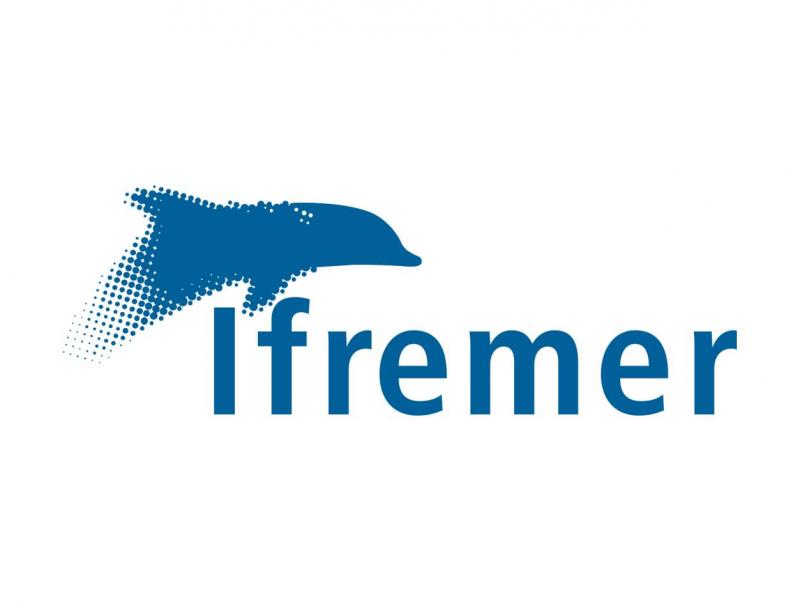Learning in high dimensions for an automatic and robust target detection in hyperspectral imagery
| ABG-130451 | Thesis topic | |
| 2025-04-03 | Public funding alone (i.e. government, region, European, international organization research grant) |

- Engineering sciences
- Mathematics
Topic description
The hyperspectral remote sensing system has four basic parts: (1) the illumination source (e.g. the Sun in passive remote sensing); (2) the atmospheric path; (3) the targeted scene; and (4) the airborne hyperspectral imaging sensor. The hyperspectral sensor is capable of simultaneously acquiring the same spatial scene in a contiguous and multiple narrow spectral wavelength color bands. When all these spectral bands are stacked together, this results a hyperspectral data cube with two spatial and one spectral dimension. Each pixel of the hyperspectral image follows a specific distribution which is usually completely unknown to the user. This distribution, even if known, can depend on two unknown parameters such as the mean and the covariance matrix. Due to the presence of the atmospheric path, the reflected energy (initially captured by the solar illumination and then modified by the atmosphere) from the material surface will be different from the one who reaches the airborne hyperspectral imaging sensor since it passes back through the atmosphere. In this regard, some effects that produce variability to the material spectra (e.g. atmospheric conditions, sensor noise, material composition, scene geometry) have to be taken into consideration. It is well known that the signal model for hyperspectral test pixels is fundamentally different from the additive model used in radar and communications applications. We can regard each test pixel as being made up of αt + (1 - α)b, with 0 ≤ α ≤ 1, "t" the spectrum of the target of interest, and "b" the spectrum of the background (located at the same spatial location of t). A prior information about the target spectral signature may be available to the user and which can be exctrated from some online spectral libraries. Different classical target detectors (e.g. matched filter, matched subspace detector, adaptive subspace detector) have been proposed in the literature. The performance of these detectors mainly depend on the estimation quality of the mean and the covariance matrix. During this doctoral thesis, the shrinkage and sparsity techniques may be exploited to develop new estimators of the covariance matrix in high dimensions in order to achieve a robust target detection in hyperspectral imagery. Due to the lack of real hyperspectral images available online, the doctoral candidate will be engaged in generating new hyperspectral images that can help working in some more realistic scenarios usually encountered in the real world of military target detection. For example: (a) camouflage targets; (b) targets mixed with the background with very low target fill-fraction α; (c) targets embedded in a background containing a lot of small heterogeneous and/or high contrast regions; and (d) targets having spectra very close to the surroundings. The latter task is of high importance since the paradigm in military applications for hyperspectral imagery seems to center on finding the target but ignoring all the rest. Sometimes, that rest is important especially if the target is well matched to the surroundings.
Starting date
Funding category
Funding further details
Presentation of host institution and host laboratory
Research Unit: Laboratoire Informatique et Société Numérique (LIST3N)
Website LIST3N : http://recherche.utt.fr/list3n
Website :
PhD title
Country where you obtained your PhD
Institution awarding doctoral degree
Graduate school
Candidate's profile
Applicants must have an engineering or master's degree in the fields of signal and image processing. Skills are particularely expected in applied mathematics, statistical signal processing, and matlab programming. Knowledge of hyperspectral or optical imaging will be a plus.
Vous avez déjà un compte ?
Nouvel utilisateur ?
Get ABG’s monthly newsletters including news, job offers, grants & fellowships and a selection of relevant events…
Discover our members
 CESI
CESI  Institut Sup'biotech de Paris
Institut Sup'biotech de Paris  ONERA - The French Aerospace Lab
ONERA - The French Aerospace Lab  MabDesign
MabDesign  CASDEN
CASDEN  ADEME
ADEME  PhDOOC
PhDOOC  Laboratoire National de Métrologie et d'Essais - LNE
Laboratoire National de Métrologie et d'Essais - LNE  ASNR - Autorité de sûreté nucléaire et de radioprotection - Siège
ASNR - Autorité de sûreté nucléaire et de radioprotection - Siège  MabDesign
MabDesign  Aérocentre, Pôle d'excellence régional
Aérocentre, Pôle d'excellence régional  TotalEnergies
TotalEnergies  Groupe AFNOR - Association française de normalisation
Groupe AFNOR - Association française de normalisation  Ifremer
Ifremer  Généthon
Généthon  ANRT
ANRT  Nokia Bell Labs France
Nokia Bell Labs France  Tecknowmetrix
Tecknowmetrix  SUEZ
SUEZ
-
JobRef. 131056, Bretagne , France
 IFREMER
IFREMERChercheur matériaux H/F
Scientific expertises :Materials science - Engineering sciences
Experience level :Confirmed
-
JobRef. 131557BREST , Bretagne , FranceIFREMER
Ingénieur en Modélisation H/F
Scientific expertises :Earth, universe, space sciences - Mathematics
Experience level :Confirmed





